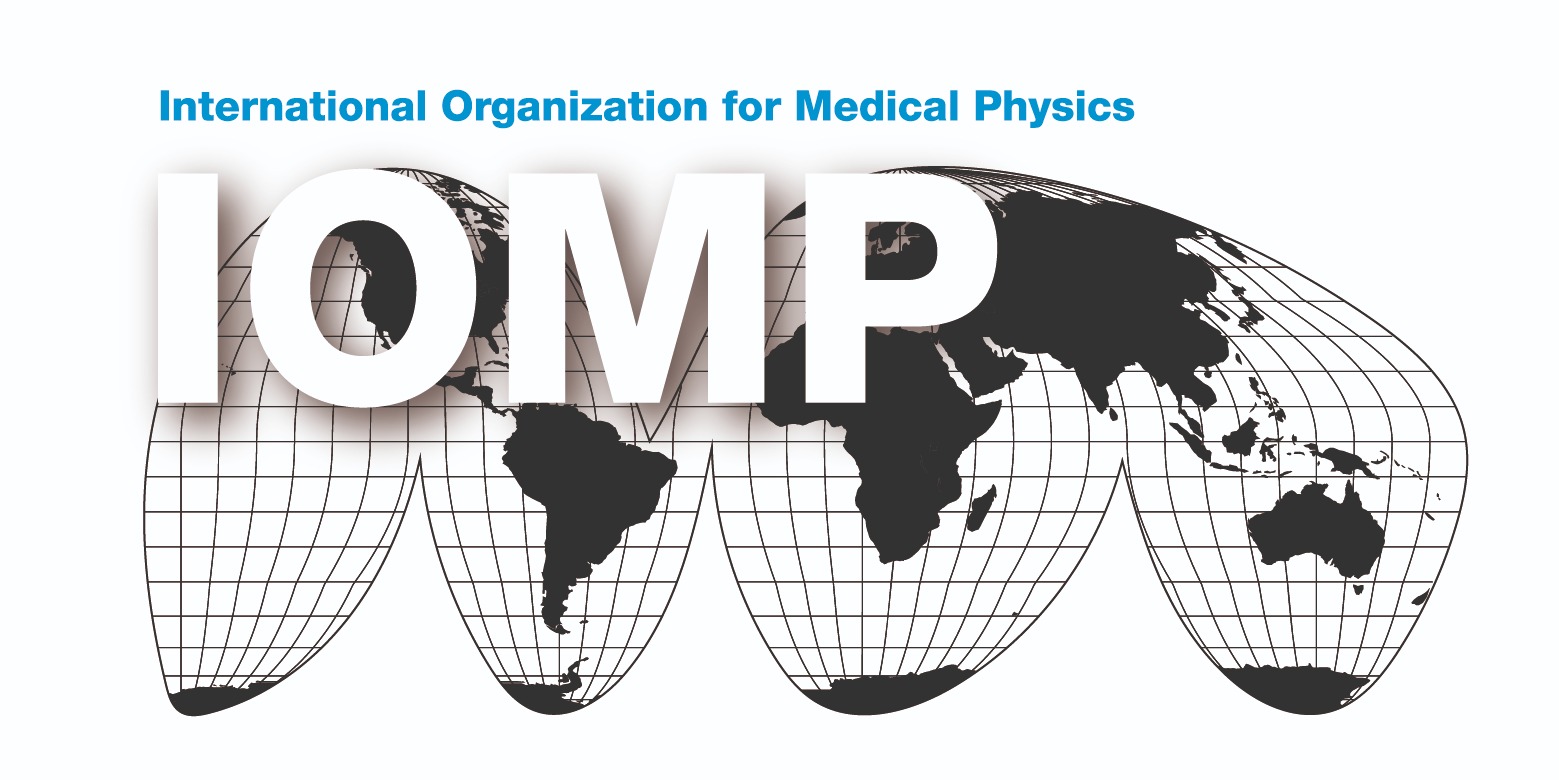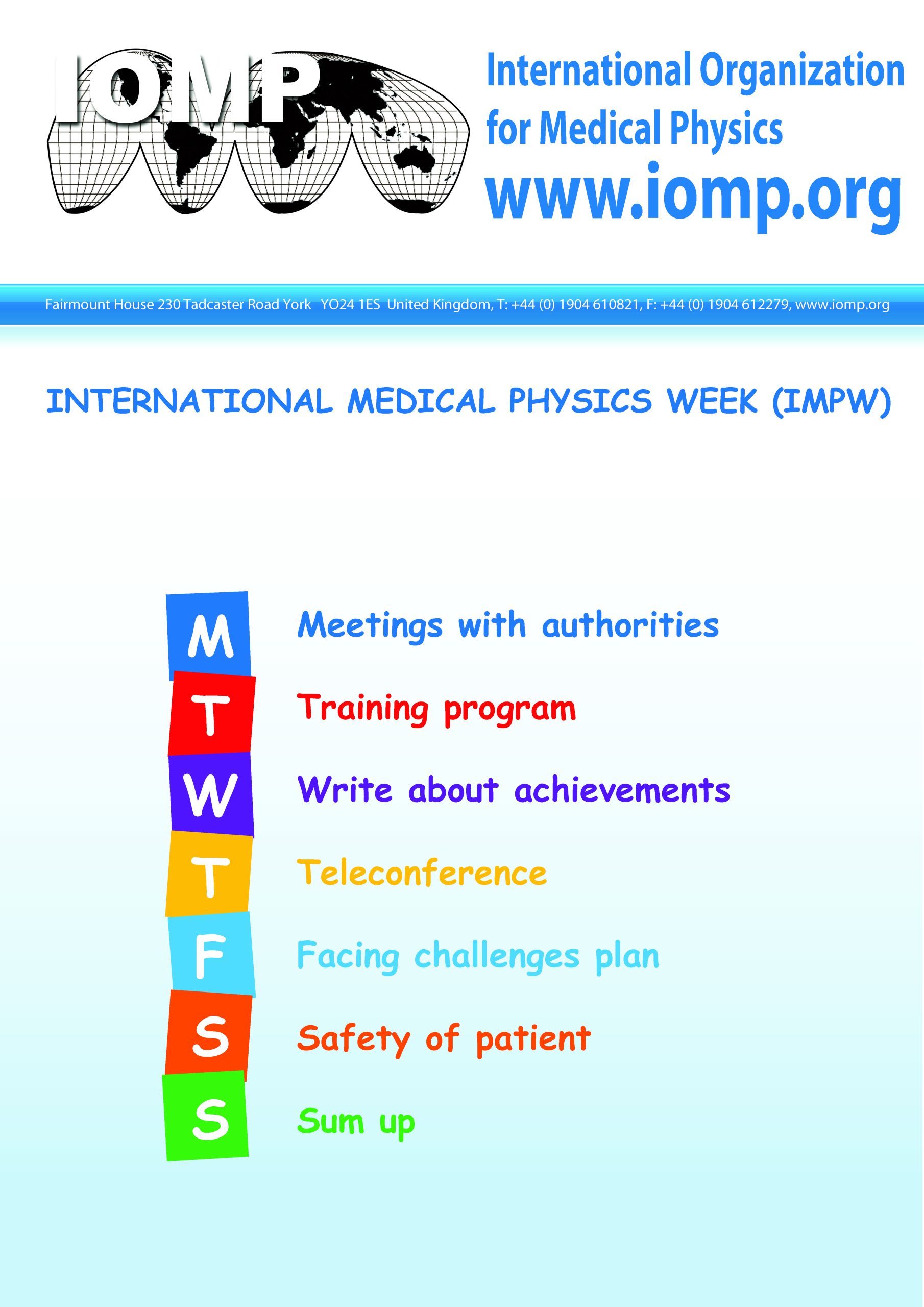Monday, 24th April 2023 at 12 pm GMT; Duration 1 hour
CME/CPD credit point shall be awarded for participation in the webinar in full.
Organizer: John Damilakis, IOMP
Moderator: John Damilakis, IOMP
Speaker: Kimberly Applegate, MD. MS

Dr. Kimberly Applegate is a retired professor of radiology and pediatrics from the University of Kentucky in Lexington.Kimberly is a member of the ICRP Main Commission of the International Commission for Radiological Protection (ICRP) as chair of Committee 3, focusing on radiation protection in medicine and also the National Council on Radiation Protection and Measurements (NCRP). She is active on multiple ICRP task groups including TG 108, 109, 113, 121, 124, and 126 and NCRP subcommittees—one on patient shielding in medical imaging and another on the stratification of equipment use and training for fluoroscopy. To improve safe and effective imaging care of children worldwide, Kimberly has been active in the Image Gently Campaign (now the Alliance) Steering Committee from its beginning in 2007.
Abstract:
The radiological protection community in medicine has long recognized the relative radiosensitivity of pregnant women and the fetus compared to the average adult patient. There are a number of serious clinical conditions, including new cancer diagnoses, that occur during pregnancy and that require imaging procedures and radiation therapy that will be described. Further, there is continued evolution of our scientific understanding of radiation health effects, of societal values, and imaging protocols allow for improved radiological protection as long as local education/training and communication are provided for all stakeholders. However, there are varying levels of guidance, imaging protocols, and shared decision-making with women and their families. This webinar will provide an update on the ICRP work regarding this topic.








